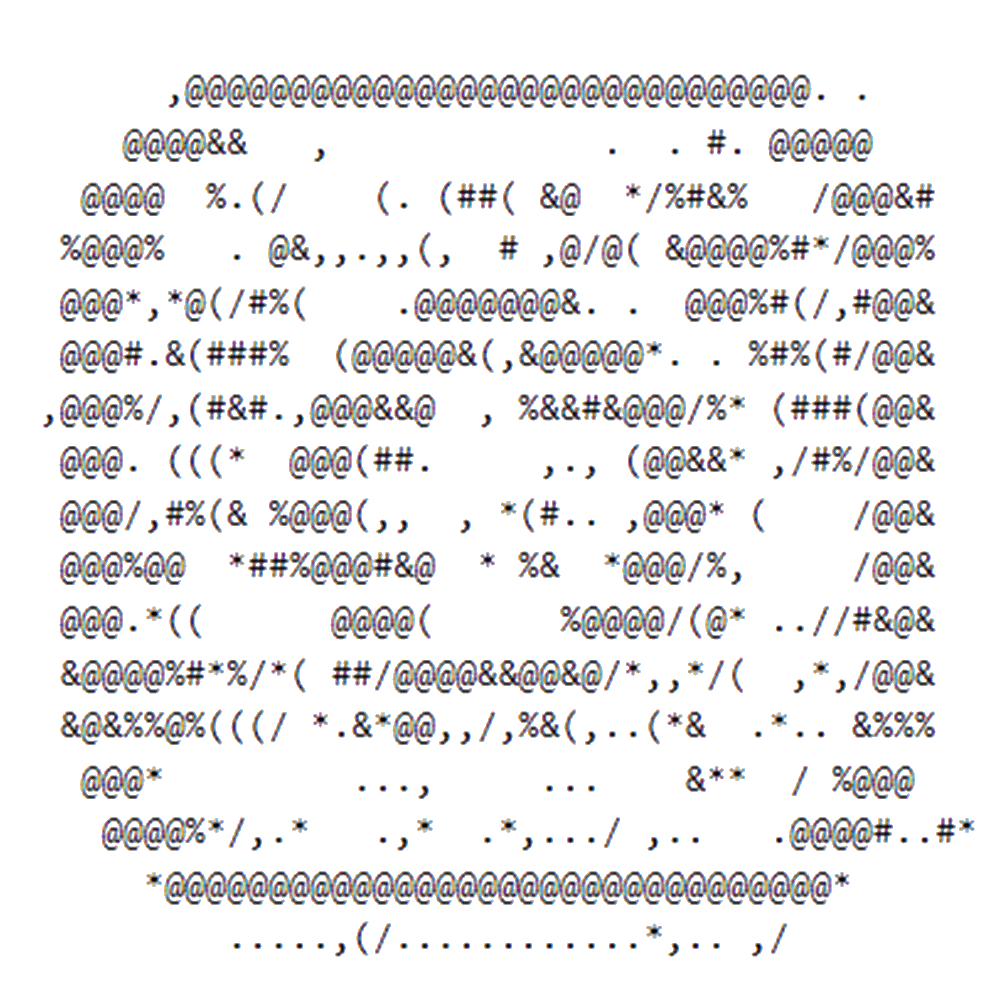Rapids Have Working Hours
by MA POST
From 10.05 to 26.05.2024, in the Small Exhibition Hall of Zuzeum Art Centre
, POST’s Interim show Rapids Have Working Hours was open for viewing. The exhibition featured works by 8 artists from the interdisciplinary visual arts specialization MA POST.
Next thing I know, I’m falling and everything around me turns to froth. I’m moving steadily, down a gradual slope, slipping through a passage so narrow I wasn’t sure I would make it out alright. The mouth of the Whirlpool closes, the rocks look on, their crests slowly chip away.
Rapids tend to form in newer streams, with water flow that is straighter and faster than in older streams. Softer rocks in the streambed erode, or wear away, faster than harder rocks. This process is known as differential erosion. The result of differential erosion is that as the streambed wears away, the stronger rocks remain and eventually begin to break up the flow of the stream. The many tiny waterfalls they create make the slope of the stream more steep. […] Rapids can be important to the health of a stream system. The water splashing over rocks captures air in bubbles. This splashing, called whitewater, leads to more dissolved oxygen in the water. The oxygen is useful to fish, insects, and bacteria in the water, and in turn to the ecosystem around the stream.1
This exhibition is part of the collaboration between MA POST (Art Academy of Latvia) and Zuzeum Art Centre.
Curated by: Domo Baal, Kristaps Ancāns
1Stanley, M., National Geographic, “Rapids”, (2023), viewed 02.04.2024
exhibition view:








Kristers Krūms, left: “Small Breeze on Island of Aftermath”, oil, acrylic on canvas, 79 x 100 cm, 2024; middle: “spiral war”, oil, acrylic on canvas, 40 x 60 cm, 2023; right: “colors”, oil, acrylic on canvas, 80 x 60 cm, 2023.



